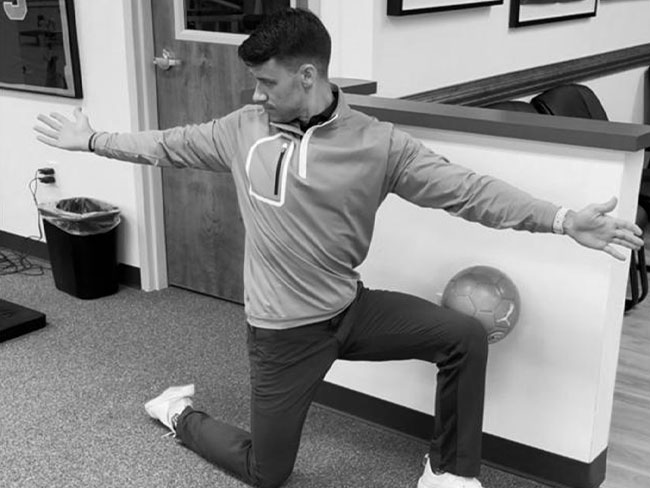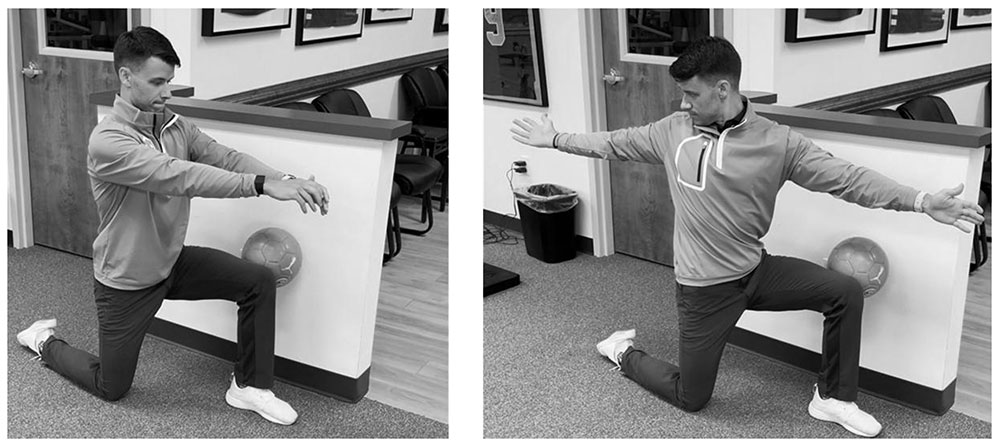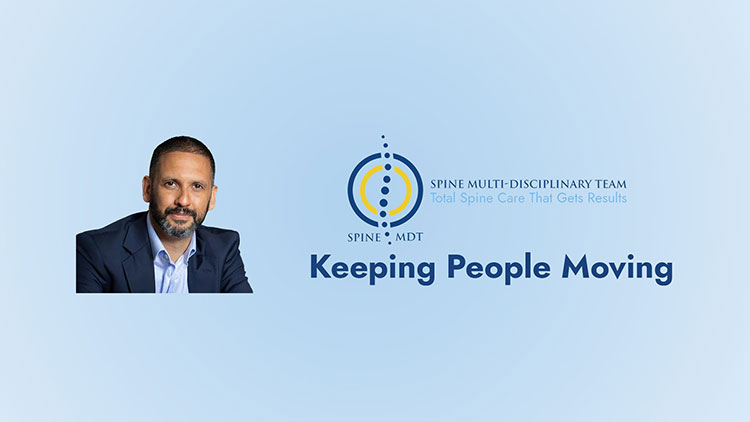Spine Care for Golfers – Lessons from Tiger Woods & the Latest Science
Date published: 25 Aug 2025

Golf is one of the few sports that can be enjoyed for a lifetime. But as Tiger Woods has shown, even the most conditioned bodies can face serious spine challenges. His career tells a fascinating story about the forces golf puts on the back — and how the right training can keep you on the course.
Tiger Woods: A Back Story
Tiger’s injuries began with disc problems in his lower spine — the “cushions” between vertebrae that allow movement and absorb impact. After several microdiscectomy surgeries (removing small fragments of damaged disc that were pinching nerves), he eventually underwent a lumbar fusion, where one vertebral segment was permanently joined to the next to stop painful movement. The fusion allowed him to return to golf and win again — but also increased the strain on the discs above, something spine surgeons call adjacent segment disease. In Tiger’s case, it’s likely why he needed another operation later.
Why Golf Stresses the Spine
The golf swing is a beautiful combination of power, control, and timing — but it’s biomechanically demanding. Research published in the Journal of Neurosurgery: Spine shows that: Backswing – The lower spine experiences twisting (rotation) and slight shearing between vertebrae. Downswing – The spine is loaded with lateral bending and compression, especially through the lead side. Follow-through – The spine’s joints, discs, and muscles must decelerate the motion — a high-load moment. These forces are cumulative. One swing doesn’t damage the spine, but thousands of swings over years, combined with poor conditioning or pre-existing injury, can lead to disc bulges, facet joint irritation, or muscle strain.
Understanding Disc Injury
A healthy disc is a little like a jelly-filled doughnut: a tough outer ring (annulus fibrosus) holding a gel-like centre (nucleus pulposus). Repetitive golf movements can cause tiny tears in the annulus, allowing the nucleus to push outward — a herniation. If the disc presses on a nerve, symptoms can include: Lower back pain Shooting pain down the leg (sciatica) Numbness or weakness.
Protecting Your Back: Evidence-Based Exercises
Two major research papers — International Journal of Sports Physical Therapy (2023) and Journal of Orthopaedic & Sports Physical Therapy (2021) — highlight core stability as the foundation for preventing golf-related back injuries. The goal is stiffness without strain: creating a stable base for rotation so your discs and joints aren’t overloaded. Professor Stuart McGill has described three key exercises known as “The McGill Big Three”:
1. Side Plank – Lie on your side, knees bent, forearm under shoulder. Lift hips until your body forms a straight line from knees to shoulders. Hold for 10–20 seconds, repeat 3–5 times each side.

2. Bird-Dog – Start on all fours. Extend one arm and the opposite leg until level with your body. Keep hips and shoulders square. Hold 5–10 seconds, repeat 8–10 times per side.

3. Curl-Up – Lie on back, one knee bent, hands under lower back for support. Lift head and shoulders slightly, keeping spine neutral. Hold 5–10 seconds, repeat 8–10 times.

In addition a spinal thoracic mobility exercise has been described in the Golfers Fore (International Journal of Sports Physical Therapy (2023)) - Half kneeling thoracic rotation:

On the Course
Even with good conditioning, remember: Warm up before your first swing. Don’t practice for hours without breaks. Work with a golf pro to ensure your swing uses hips and thoracic spine rotation, not just the lower back.
Final Word
Tiger Woods’ journey is a reminder that spinal health is essential for a long golfing life. While surgery can get you back on the course, prevention through smart training is always the better play.
Mr Anthony Ghosh MD FRCS
Consultant Spinal Neurosurgeon
Founder – The Spine MDT
Website: SpineMDT.com
Email: info@spinemdt.com
Tel: 020 8088 1222
You tube channel: www.youtube.com/@SpineMDT




